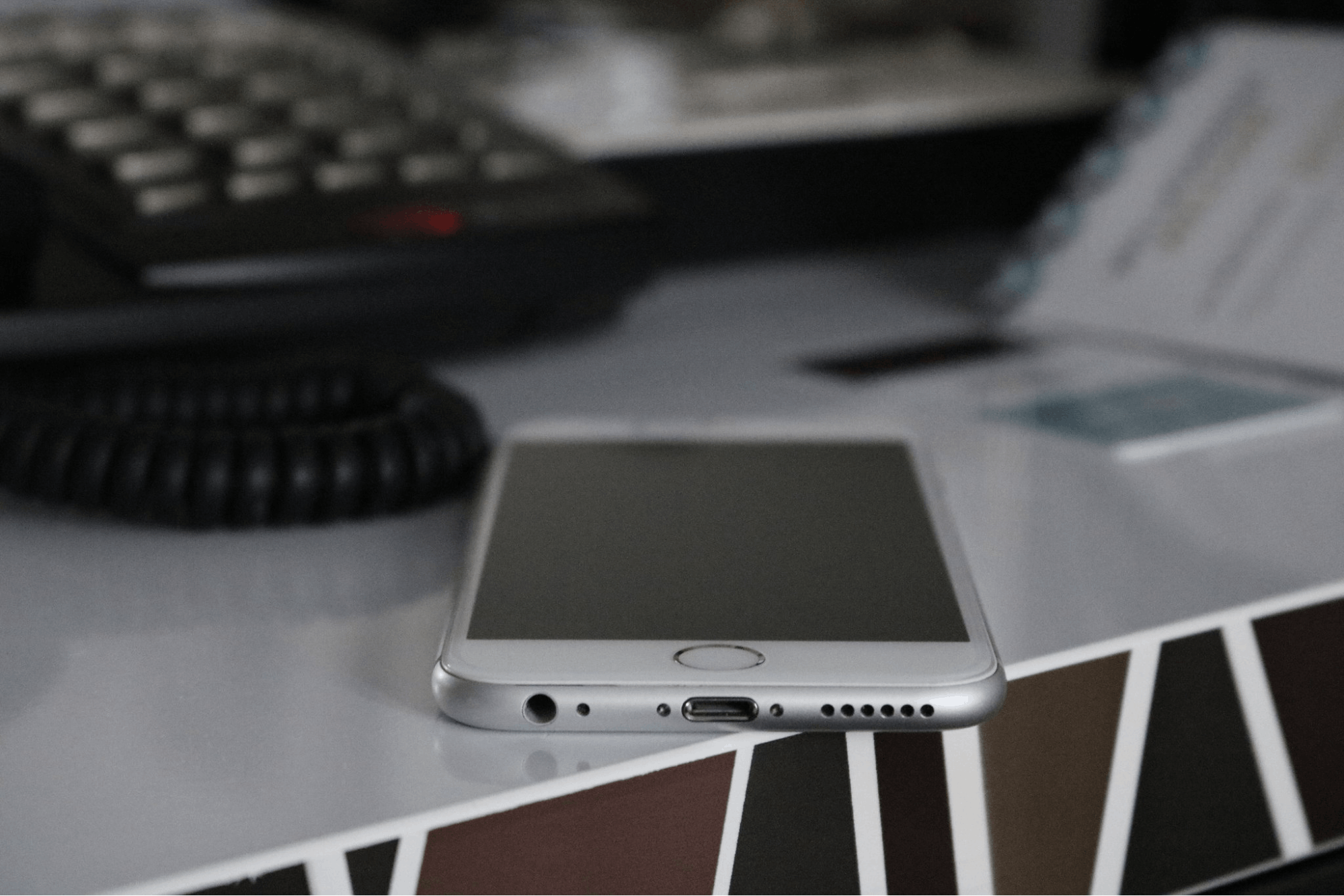_A TRAVEL PHONEA travel device has only the bare minimum of necessary information on it, intended for use in situations in the field. IS A GOOD INVESTMENT. With this approach, you can guarantee that you won’t be traveling with your everyday phone, which likely has years of data on it, making it difficult to scrub before traveling.
You'll always want to prioritize finding a phone that receives regular security updates and supports full disk encryption. This guide from Micah Lee goes deeper into what you should consider when selecting a secondary phone.

iPhones are costly, but make for a great travel phone — they are encrypted by default and receive regular security updates.
It’s likely more difficult to choose from a wide range of Android phones, because manufacturers implement the Android operating system differently. Google’s Pixel phones are a good choice, as they receive updates directly from Google as soon as they become available and are encrypted by default.
If you do plan on outfitting your everyday phone for travel instead, review our resource on preparing your everyday phone for travel. Note: We only recommend the everyday phone approach for low-risk travel.
STEP 1
Enable ideal privacy and security settings.
If you're setting up your travel phone for the first time, it likely doesn't have all the settings you need enabled by default. Make sure you're keeping up with your ideal privacy and security settings so you're covered during high-risk travel.
STEP 2
Enable full disk encryptionA process that encrypts all the data stored on the hard disk of a device while it powers down. This prevents someone without the decryption key from reading or tampering with your device's data. on your travel phone, if it's not on by default.
This feature will protect your phone's data from being accessed by a third party if it is lost or confiscated in transit. If your travel phone is an Android, ensure that full disk encryption is enabled. iPhone’s come with full disk encryption enabled by default.
STEP 3
Fill your phone only with the travel essentials.
Download the apps you’ll need to have access to during your trip. As a part of a risk-adjusted, travel-specific communications plan, consider using aliases for any at risk contacts, including translators or local producers. If anyone in the field is using an alias, do not enter their true names into your phone or name them when communicating about the project.